A major excavation initiative is about to get underway in Vero Beach, Florida at the famed Old Vero Man site, with scientists from Mercyhurst Archaeological Institute (MAI) at Mercyhurst University in Erie, Pa., and the Old Vero Ice Age Sites Committee (OVIASC) collaborating to unearth what they believe will be a significant archaeological find. The site, which is named after the discovery of Vero Man in 1915 — the remains of whom are believed to be at least 13,000 years old — is believed to be the resting place for a bevy of significant fossils and artifacts, including additional human remains as well as the remains of extinct animals. The project will be headed by MAI director and principal excavator James Adovasio, Ph.D. Adovasio and MAI research archaeologist C. Andrew Hemmings, Ph.D., with Mercyhurst alumni Anne Marjenin, director of the Archaeology Processing Lab at Mercyhurst serving as chief field assistant; and Ben Wells, a graduate student at the University of West Florida, assisting as well, along with several other Mercyhurst archaeology students. The Old Vero Man site has been on archaeologists’ radar for more than a century, when the site was discovered as a result of workers who uncovered it while digging the main drainage canal in Vero Beach. At the time, evidence of extinct animals such as mastodons, saber tooth cats, ground sloths, mammoths and other fossils were discovered, along with the now-famous human remains of Old Vero Man, which included skull fragments and 44 bones of a human skeleton. Of course, Old Vero Man and the archaeological site associated with his discovery have not been without controversy. The discovery itself has long been regarded as controversial and inconclusive, since the age of the human remains were found to be newer than the extinct animal bones, likely the product of shifting geological layers. Because of this, while the Vero site is still regarded as one of the most significant archeological finds in North America concerning early American inhabitants, questions about the site still remain largely unanswered. Dr. Adovasio explained in a recent press release that, ”From the beginning, Vero was one of the more infamous archaeological sites in North America because it was seen as such a threat to the then perceived wisdom that no humans had lived here during the last Ice Age,” adding that, “Like Meadowcroft and Monte Verde, it was the subject of vitriolic abuse by the alleged experts at the time. Largely because of that abuse and the less than rigorous field methods, Vero went off the radar. But, because of the phenomenal preservation of Ice Age plant and animal materials at that site, this new excavation will serve to illuminate a time frame in the American Southeast that no other site can, with or without human associations. Whatever information is in there, we are going to get it.” Adovasio and Hemmings mission in the new dig is to finally bring about a conclusion to the authenticity of the site, and seek to piece it into other insights into early humans on the North American continent. For his part, Adovasio has been at the center of other significant fact-finding archaeological digs such as this one. He was instrumental in managing the meticulous excavation of the Meadowcroft Rockshelter, which is now “widely recognized as the earliest well-dated archaeological site in North America, with evidence of human habitation dating to ca. 16,000 years ago.” Dr. Hemmings, who an expert on the oldest Paleoindian sites in the U.S., received his master’s and doctoral degrees from the University of Florida, and has extensive field experience in successfully working on ancient and submerged sites throughout Florida. In addition to their proven expertise, both researchers will also bring to bear the latest methods used in modern scientific excavations. Once the analysis at Mercyhurst of newly discovered artifacts is complete, the plan is for the artifacts to return to Vero Beach for display, according to OVIASC’s Randy Old. OVIASC hopes to create a State of Florida-approved repository in Indian River County for that purpose. “The new excavation in Vero brings current analytical techniques to the soil layers, bone fragments, seeds, pollen and other materials discovered, and more complete and perhaps new answers to the questions of who were the people found there and how they lived and died,” Old said.
Mike Nace
Texas Biomedical Research Institute
http://bionews-tx.com/news/2014/02/27/new-dig-seeks-solve-mysteries-old-vero-man-site/
Cast from original human skull fragments found in place with mega-fauna fossils at the "Vero Man Site".
Source: Photo taken by Vera Zimmerman (1996) at the Smithsonian Institution Paleontology Archives in Washington D.C.
The bone with the engraving is a long bone, possibly from a mastodon or mammoth.
Photo: Chip Clark / Smithsonian
Researchers from the Smithsonian Institution and the University of Florida have announced the discovery of a bone fragment, approximately 13 000 years old, in Florida with an incised image of a mammoth or mastodon. This engraving is the oldest known example of Ice Age art to depict a proboscidean (the order of animals with trunks) in the Americas. The team's research is published online in the Journal of Archaeological Science.
Photo: Chip Clark / Smithsonian
Two different views of one tusk (1-2) and bird bone (3) with man made engravings
Uncovered near the Old Vero Man Site by Dr Sellards.
Source: Florida Geological Survey 1916, Eighth Annual Report by Dr Sellards - Plate 22
Human ulna from Vero, found in stratum 3.
Photographed in February of 1916.
Source: Florida Memory - State Library and Archives of Florida
Human radius in position in the canal bank, Vero, Florida
Source: Florida Memory - State Library and Archives of Florida
Close-up of stratum no. 2 at Vero where human remains were found in the canal bank, Vero, Florida
Photographer Sellards, Elias Howard
Source: Florida Memory - State Library and Archives of Florida
Vero human remains
Source: Florida Memory - State Library and Archives of Florida
Vero human remains
Source: Florida Memory - State Library and Archives of Florida
Photograph showing the ulna, femur and radius in place in the bank.
Photo: Sellards (1917)
http://donsmaps.com/vero.html
Charlie Hatchett
www.pre-clovis.com
www.forum.pre-clovis.com
www.blog.pre-clovis.com
Mike Nace
Texas Biomedical Research Institute
http://bionews-tx.com/news/2014/02/27/new-dig-seeks-solve-mysteries-old-vero-man-site/
Cast from original human skull fragments found in place with mega-fauna fossils at the "Vero Man Site".
Source: Photo taken by Vera Zimmerman (1996) at the Smithsonian Institution Paleontology Archives in Washington D.C.
The bone with the engraving is a long bone, possibly from a mastodon or mammoth.
Photo: Chip Clark / Smithsonian
Researchers from the Smithsonian Institution and the University of Florida have announced the discovery of a bone fragment, approximately 13 000 years old, in Florida with an incised image of a mammoth or mastodon. This engraving is the oldest known example of Ice Age art to depict a proboscidean (the order of animals with trunks) in the Americas. The team's research is published online in the Journal of Archaeological Science.
Photo: Chip Clark / Smithsonian
Two different views of one tusk (1-2) and bird bone (3) with man made engravings
Uncovered near the Old Vero Man Site by Dr Sellards.
Source: Florida Geological Survey 1916, Eighth Annual Report by Dr Sellards - Plate 22
Human ulna from Vero, found in stratum 3.
Photographed in February of 1916.
Source: Florida Memory - State Library and Archives of Florida
Human radius in position in the canal bank, Vero, Florida
Source: Florida Memory - State Library and Archives of Florida
Close-up of stratum no. 2 at Vero where human remains were found in the canal bank, Vero, Florida
Photographer Sellards, Elias Howard
Source: Florida Memory - State Library and Archives of Florida
Vero human remains
Source: Florida Memory - State Library and Archives of Florida
Vero human remains
Source: Florida Memory - State Library and Archives of Florida
Photograph showing the ulna, femur and radius in place in the bank.
Photo: Sellards (1917)
http://donsmaps.com/vero.html
Charlie Hatchett
www.pre-clovis.com
www.forum.pre-clovis.com
www.blog.pre-clovis.com


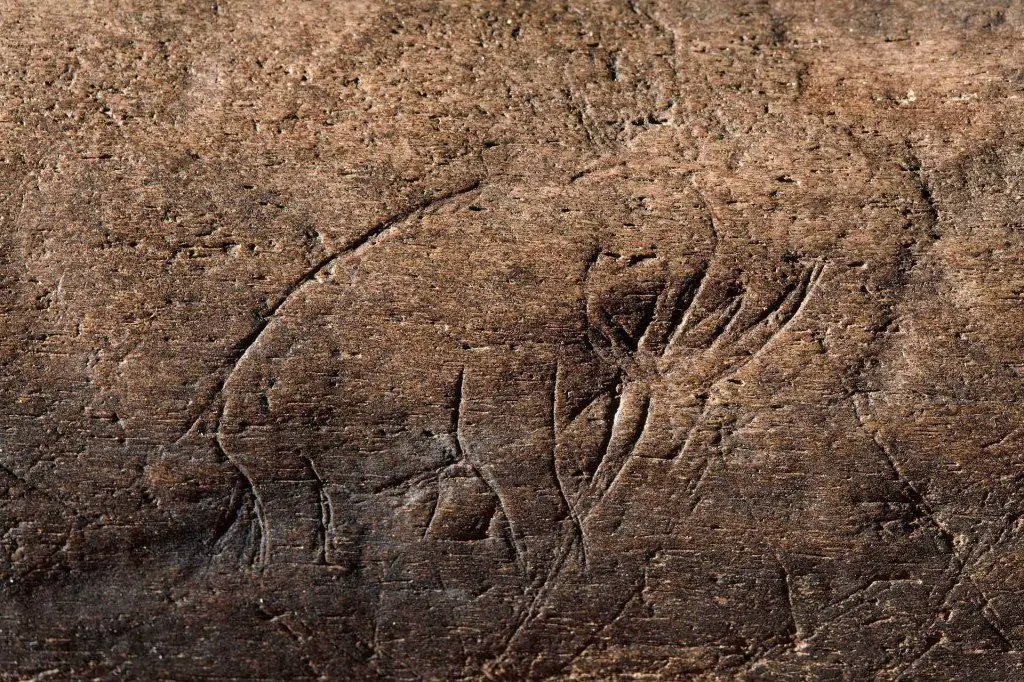
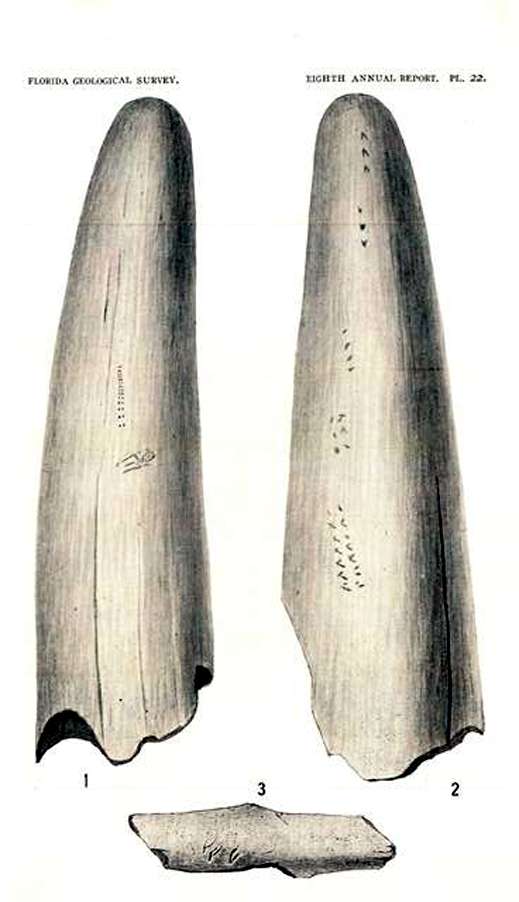

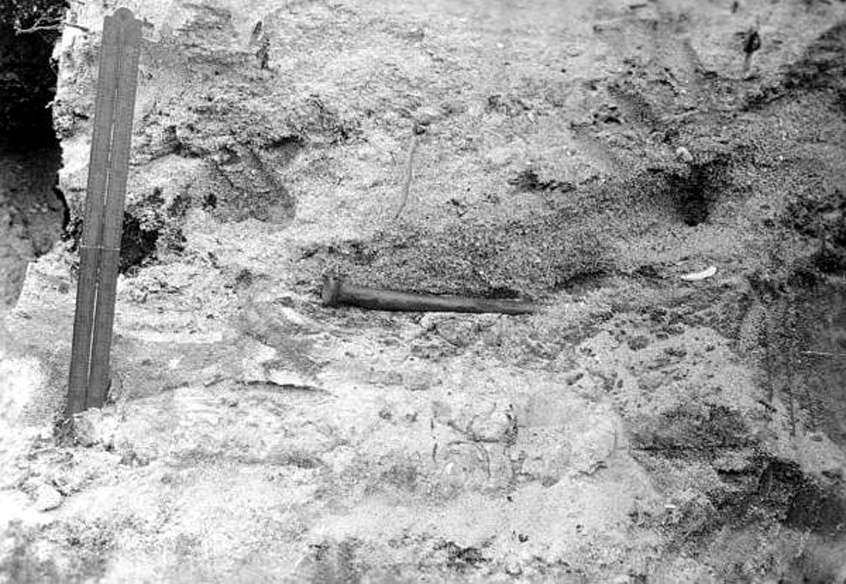
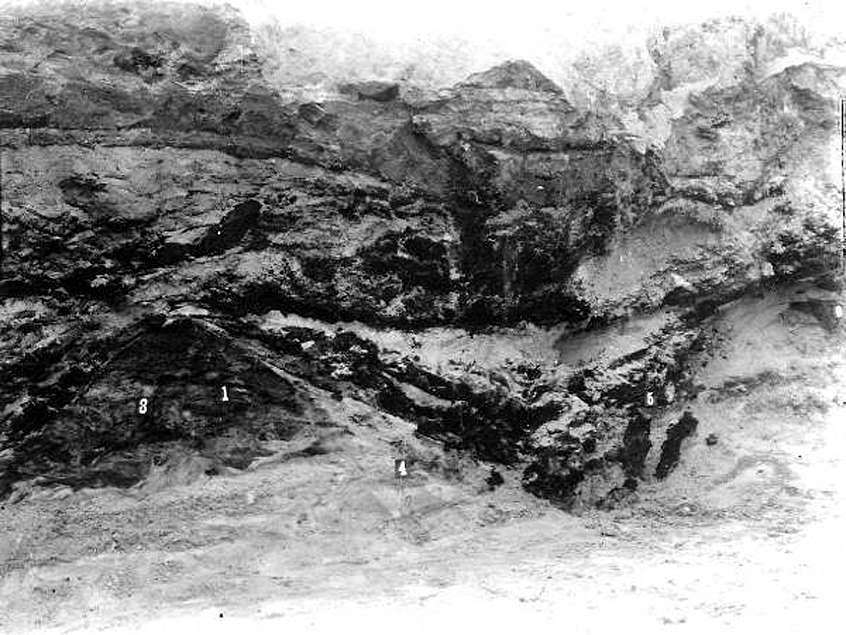

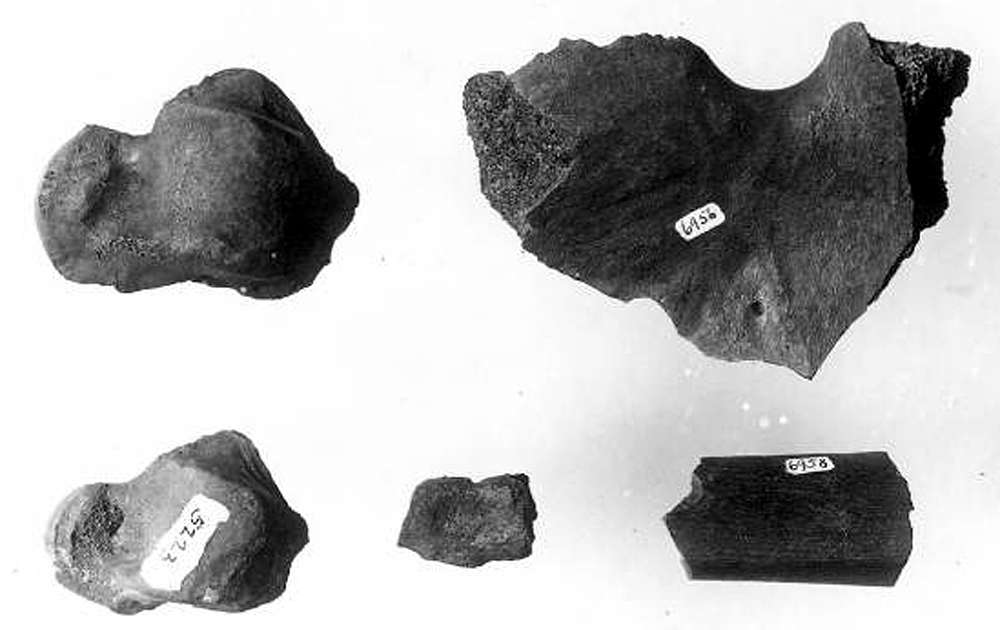

No comments:
Post a Comment